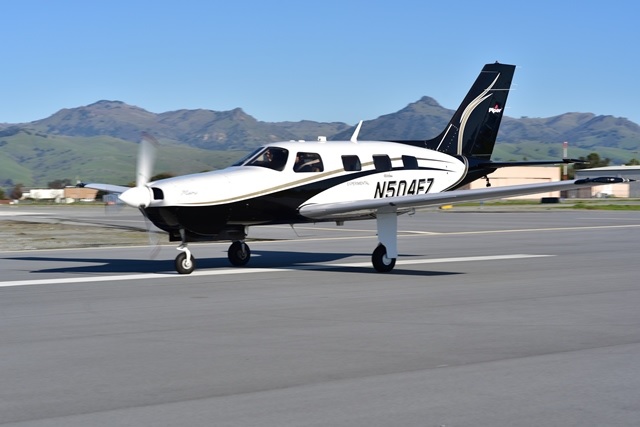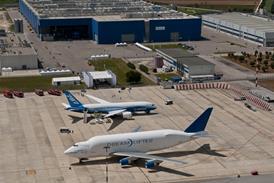New UK transport secretary Grant Shapps is encouraging innovation to create an “electric revolution” which will transform aviation in the same manner as the automotive industry.
Shapps outlined the vision at Cranfield University as the government confirmed a grant supporting the development of a hydrogen fuel-cell programme intended to culminate in a six-seat Piper conducting a 250-300nm flight out of Orkney, an island group off the Scottish coast.

The £2.7 million ($3.3 million) funding – through the Aerospace Technology Institute collaboration – will back a project called HyFlyer which will demonstrate technological readiness of a hydrogen fuel-cell powertrain.
Californian zero-emission aviation specialist ZeroAvia, which is setting up a base at Cranfield, says the demonstration would be a “key step” in its strategy to support aircraft manufacturers and operators, from 2022 onwards, in establishing regional services of up to 500nm using 10- and 20-seat aircraft.
The government grant is being matched by participants in the HyFlyer project, taking the funding to more than £5 million.
ZeroAvia says the project puts the UK “at the forefront” of research centred on decarbonising aviation.
“Our project goal of 300nm is equivalent to the distance from London to Edinburgh and will prove that zero-emission aviation, powered by hydrogen, can play a key role within the UK and other countries’ transport strategies,” says chief executive Val Miftakhov.
Transport secretary Shapps acknowledged the HyFlyer project, as well as a Cranfield scheme with Loganair covering hybrid electric aircraft, during a speech at the university on 19 September.
“I’ve seen how battery power allows us to reduce emissions from road vehicles,” he said. “I want to create an electric revolution not just on the UK’s roads, but also in our skies.”
ZeroAvia says it will co-operate with partners including the European Marine Energy Centre, which will investigate the infrastructure needed to fuel aircraft with “green” hydrogen – initially on Orkney – derived from wind and tidal energy.
Cranfield Aerospace Solutions will help integrate the ZeroAvia powertrain into the Piper aircraft, while engineering firm Intelligent Energy will assist with optimising evaporative cooling fuel-cell technology.
ZeroAvia has started flight-testing the powertrain prototype in California, using a Piper PA-46, and has obtained an experimental US FAA certificate for the research platform.
“It is currently the world’s largest zero-emission aircraft flying without any fossil fuel support,” the company claims.
European Marine Energy Centre hydrogen project specialist Richard Ainsworth says: “Hydrogen has the potential to help meet our emission commitments where electrons and batteries can’t.
“This project sees us one step closer to meeting our fuel and energy needs from abundant local renewable energy resources using green hydrogen.”
Source: FlightGlobal.com























